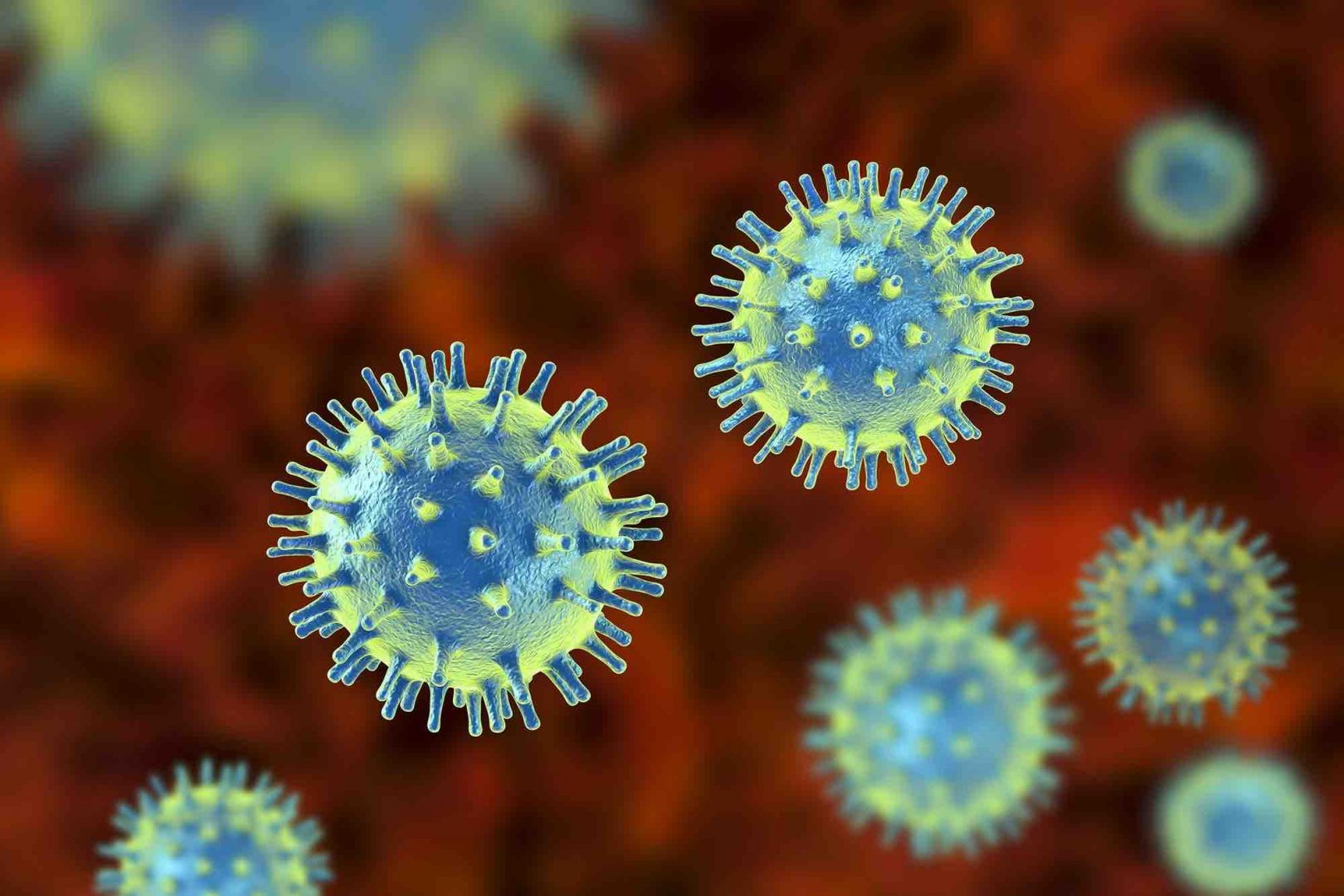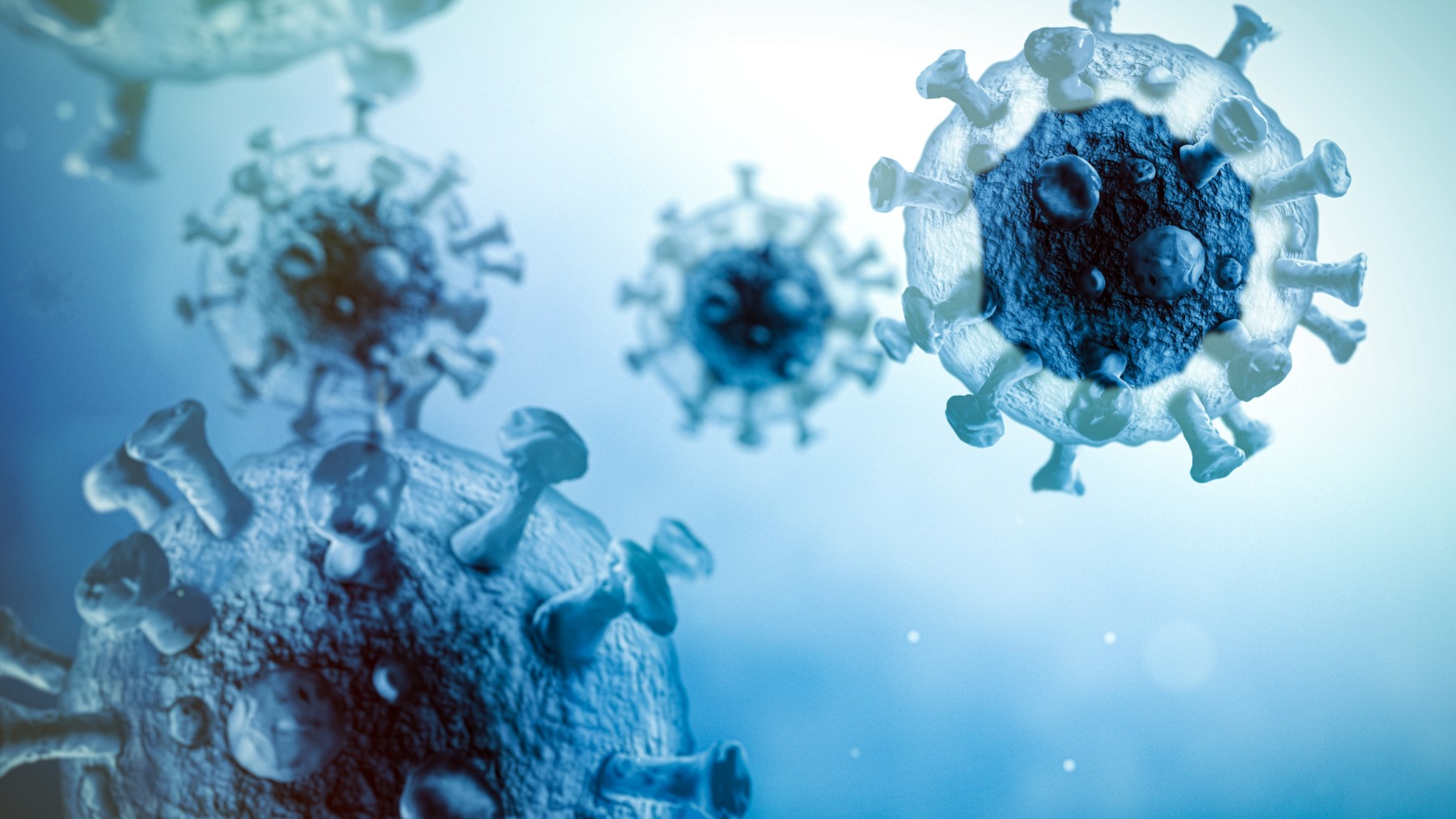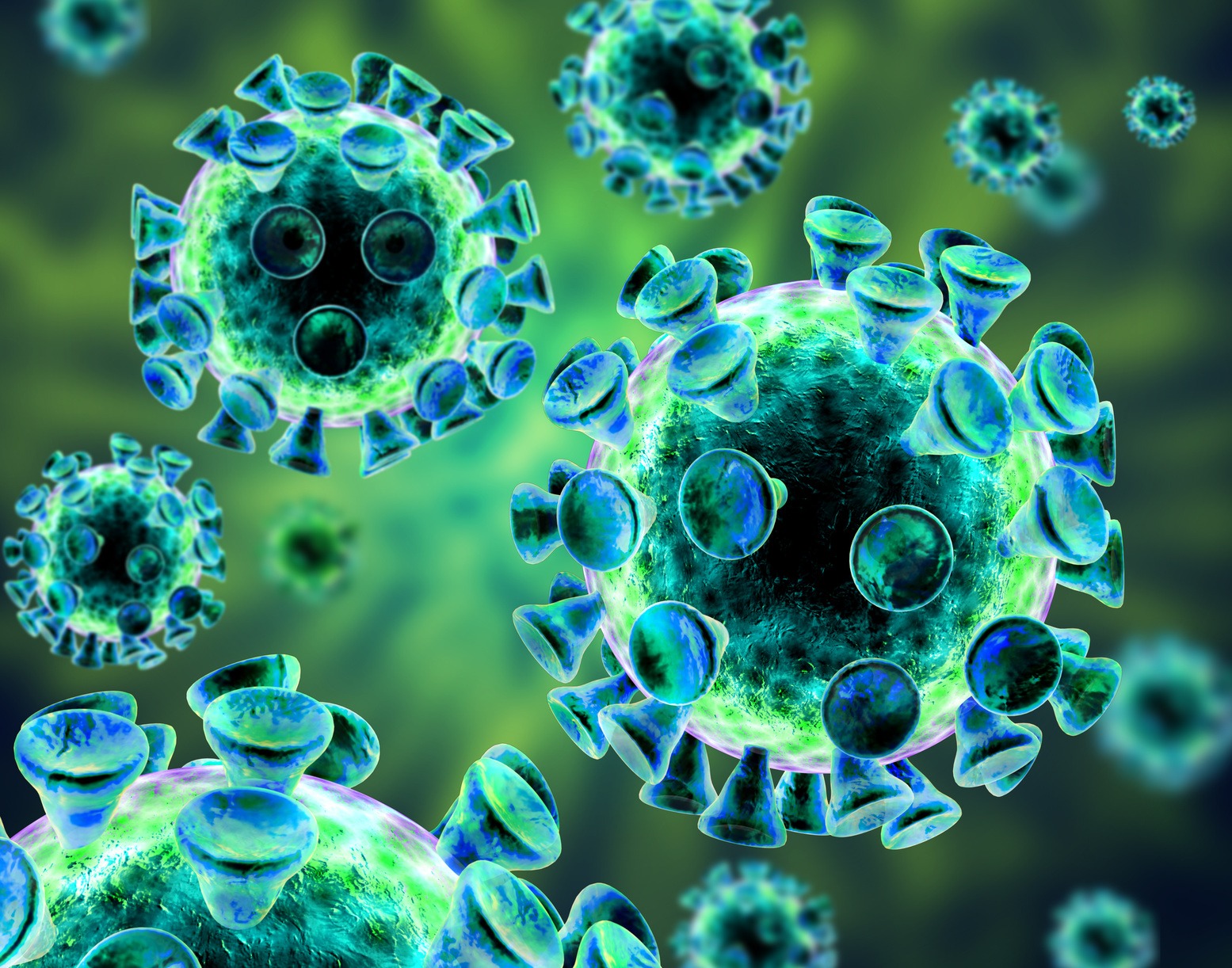The experiments of … , rostov-na-donu (aged 55) subjects of study: The parental virus (virion) gives rise to numerous progeny, usually genetically and structurally identical to the parent virus. November 9 [october 28, old style], 1864, nizy, russia died: The major groups of microorganisms—namely bacteria, archaea, fungi (yeasts and molds), algae, protozoa, and viruses—are summarized below. Plant viruses are of considerable economic importance because many of them infect crop and ornamental plants. Viruses possess unique infective properties and thus often cause disease in host organisms. Links to the more detailed articles on each of the major groups are provided. Learn about the history, types, and features of viruses. · microbiology - bacteria, viruses, fungi: · virus - infection, host, replication: Covid-19 is caused by a coronavirus named sars-cov-2, which is classified in the family coronaviridae. After an incubation period of 2 to 5 days, the acute stage of the illness lasts 4 to 6 days. Microbiology came into being largely through studies of bacteria. Although viruses were originally discovered and characterized on the basis of the diseases they cause, most viruses that infect bacteria, plants, and animals (including humans) do not cause disease. Dmitry iosifovich ivanovsky born: Plant virus, any of a number of agents that can cause plant disease. Tobacco mosaic tobacco mosaic virus virus wildfire · beijerinck had also observed the ability of the infectious agent to pass through a filter with small pores and described the agent as a “filterable virus. ” he thought the agent to be a fluid (rather than a particle) and called it “contagium vivum fluidum. ” Virus, microscopic, simple infectious agent that can multiply only in living cells of animals, plants, or bacteria. · virus - infection, structure, replication: · the virus is thought to be transmitted to the upper respiratory tract by airborne droplets. · virus, infectious agent of small size and simple composition that can multiply only in living cells of animals, plants, or bacteria. Viruses can reproduce only within a host cell. · influenza viruses belong to a virus family known as orthomyxoviridae. Both families consist of rna viruses, but they differ particularly with regard to the protein layer that encapsulates the rna.
This Virus Was Conquered...Until Now. Learn More.
The experiments of … , rostov-na-donu (aged 55) subjects of study: The parental virus (virion) gives rise to numerous progeny, usually genetically and structurally identical...




